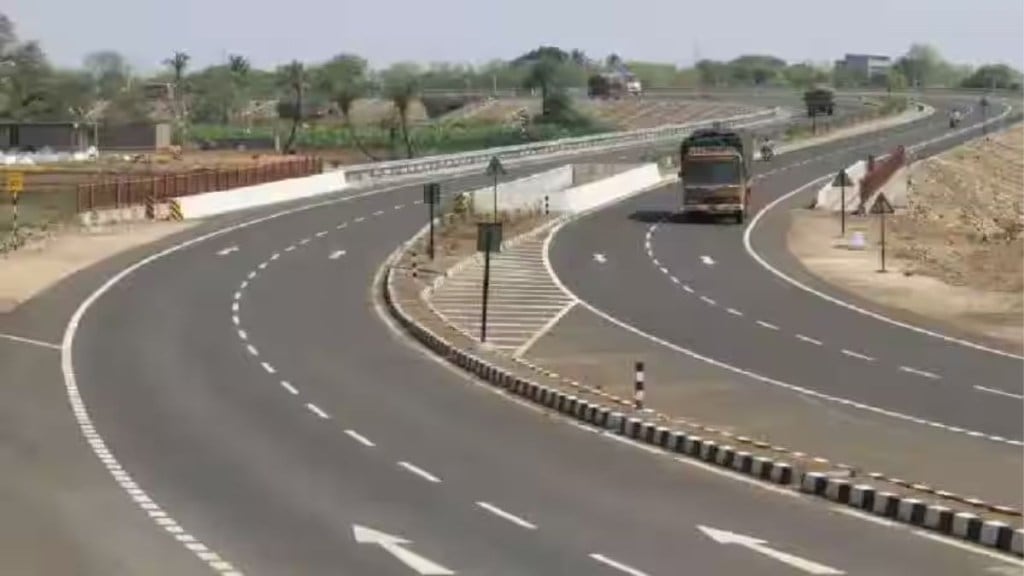The 701-km-long Mumbai-Nagpur Expressway, officially known as the Hindu Hrudaysamrat Balasaheb Thackeray Maharashtra Samruddhi Mahamarg, is on track to be fully operational by the end of September.
The final 76-km stretch of the expressway, spanning from Igatpuri in Nashik district to Aamne in Thane district, is expected to be completed, offering a seamless travel option between Mumbai and Nagpur, according to the project’s implementing agency.
Anilkumar Gaikwad, Chairman and Managing Director of the Maharashtra State Road Development Corporation (MSRDC), confirmed to PTI that work on the final phase is progressing well.
Last and most challenging phase left
The remaining construction includes a 3-km stretch near Khardi town. Gaikwad described this last phase as the most challenging segment of the project, which involved cutting through 16 deep valleys and five hillocks. To address these geographical obstacles, five tunnels and 16 viaducts were built.
Construction of the west-end corridor’s twin viaducts at Vashala, located about 7 km from Khardi railway station in Thane district, is ongoing and expected to be completed by November-end. Until then, traffic will be managed on a 3-km stretch of the expressway using four lanes on the east-end viaduct.
Gaikwad noted that the construction of viaducts, particularly at Vashala where the tallest point reaches 84 meters (equivalent to a 28-story building), was a significant challenge. Despite these difficulties, the viaducts have been successfully completed.
Mumbai-Nagpur Expressway to cut travel time drastically
The expressway, which connects to the Mumbai-Nashik Highway at Aamne through the JNPT spur—part of the Mumbai-Ahmedabad-Delhi Expressway—has already seen 625 km of its total length opened to traffic. This Rs 55,000-crore project will dramatically reduce travel time between Mumbai and Nagpur from 18 hours to just eight hours.
Launched in 2015, the Samruddhi Mahamarg is Maharashtra’s second major expressway project, following the Mumbai-Pune Expressway. Land acquisition began in July 2017, and Prime Minister Narendra Modi laid the foundation stone in December 2018. Construction officially commenced in January 2019.
